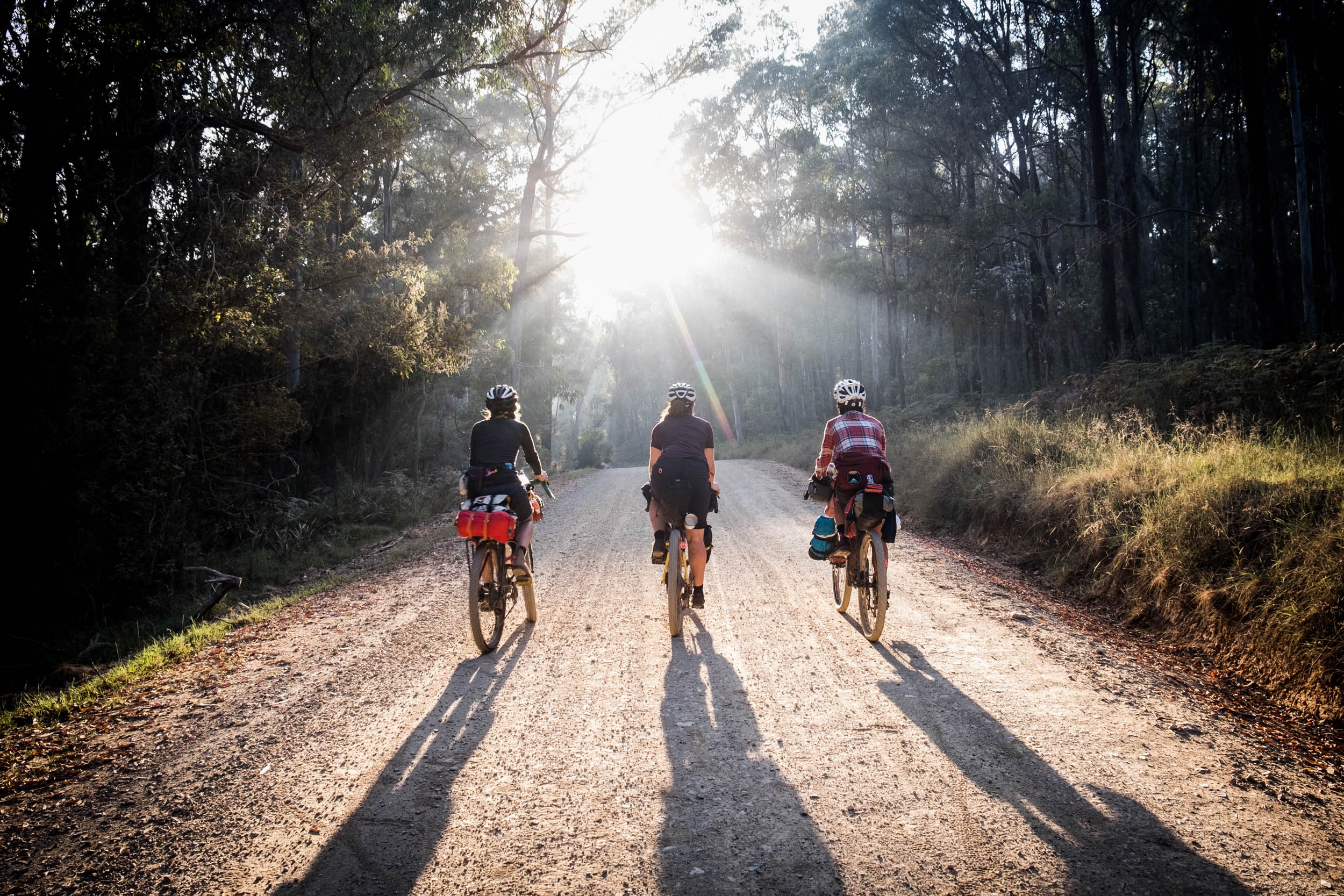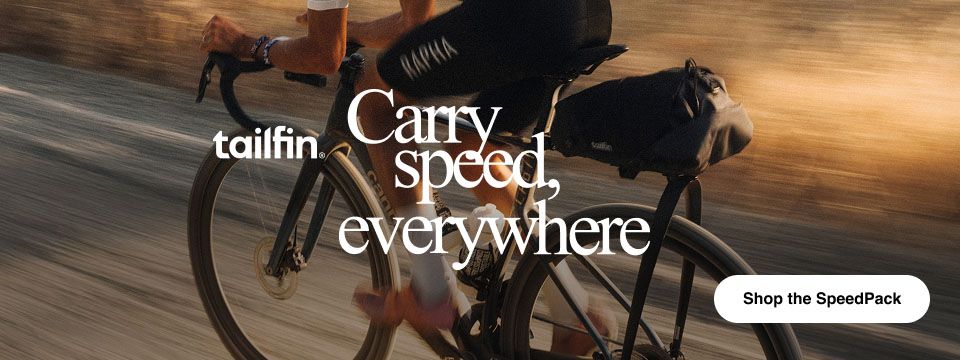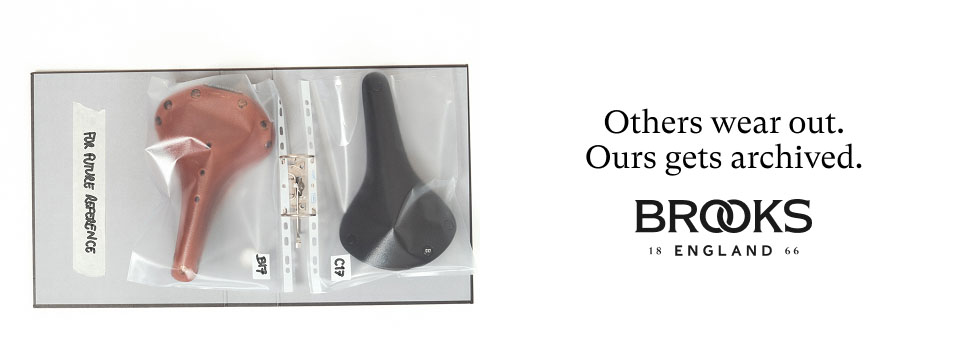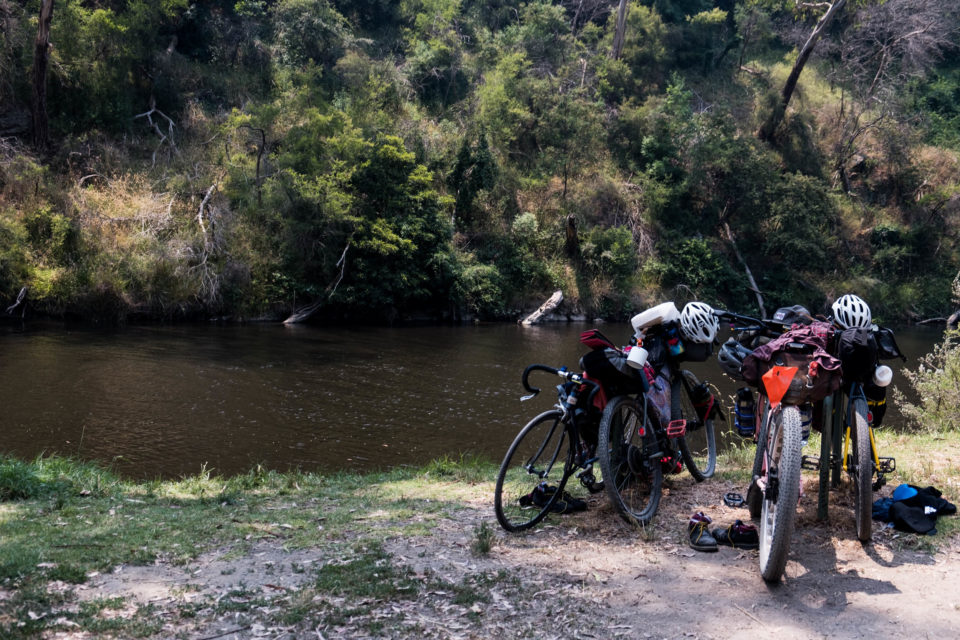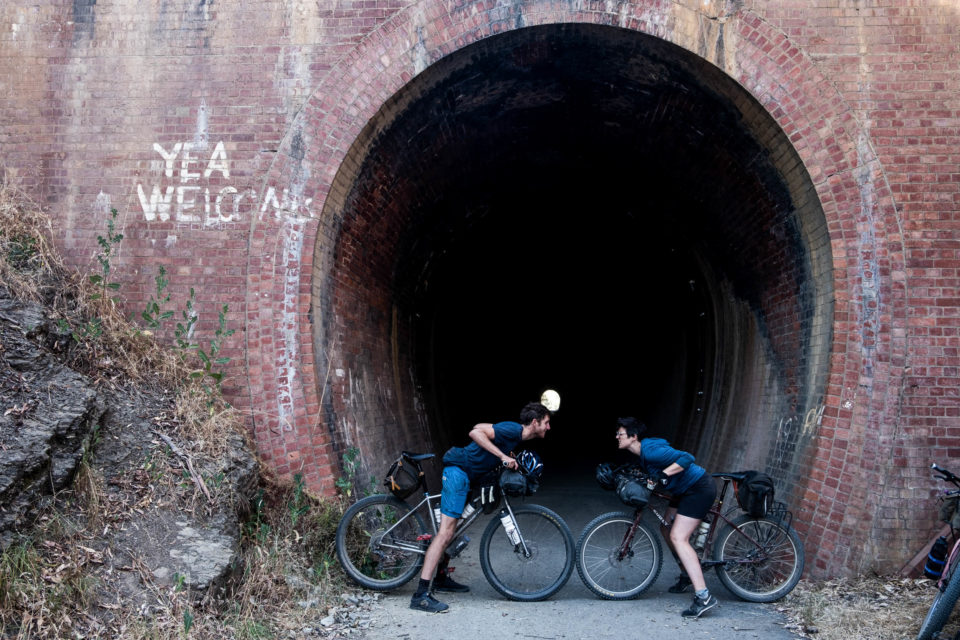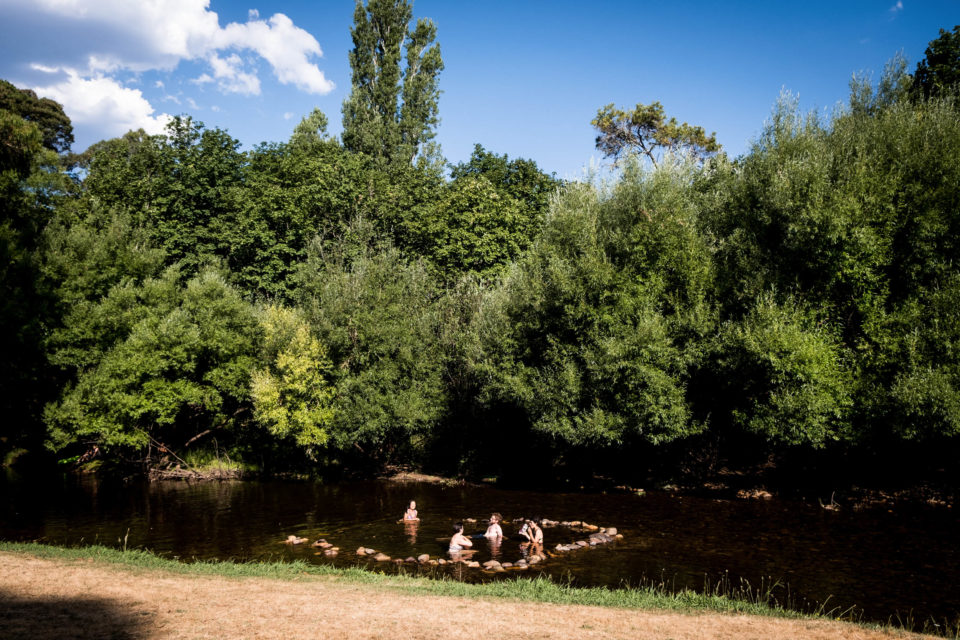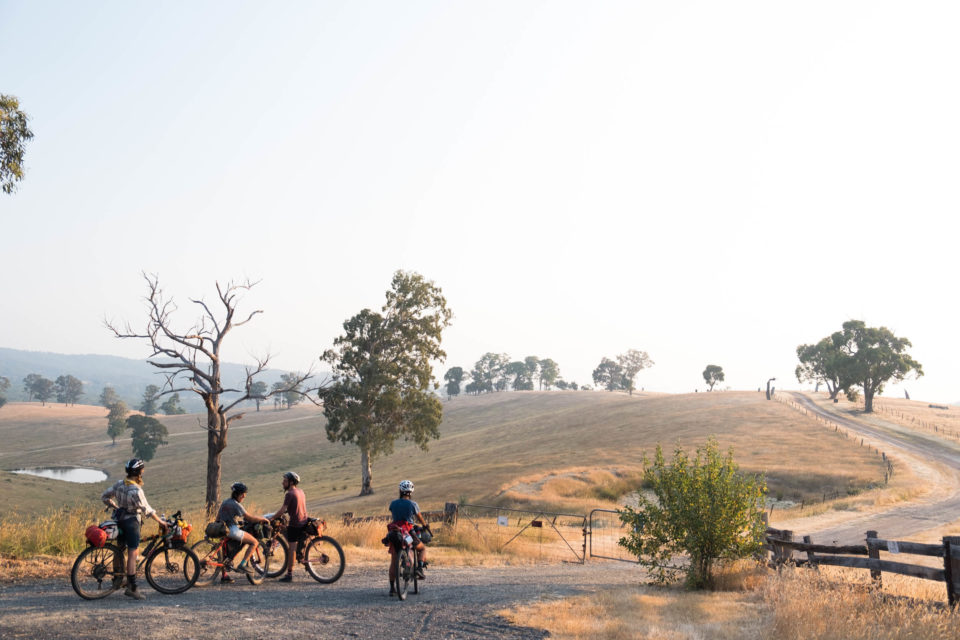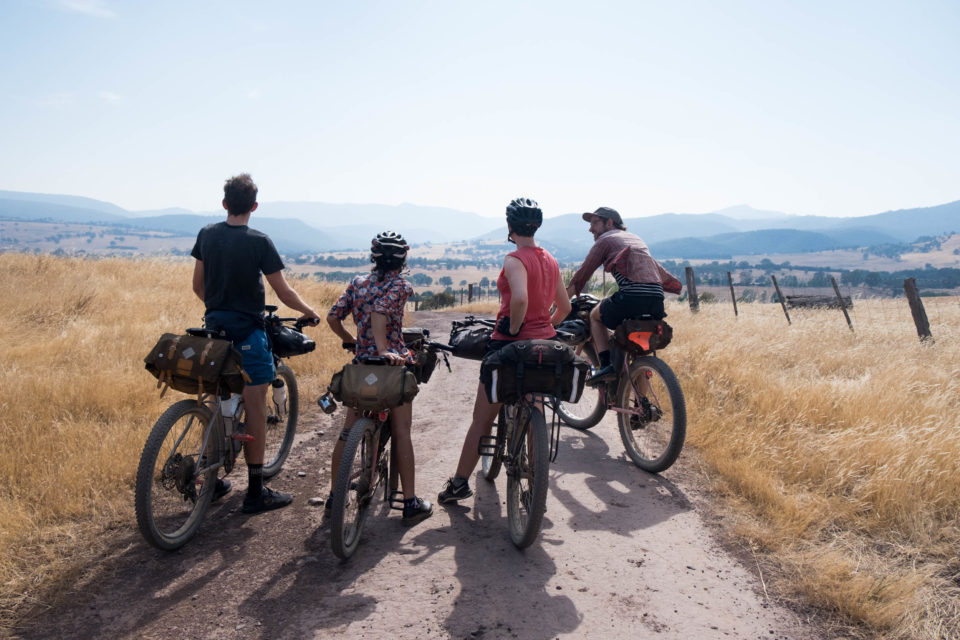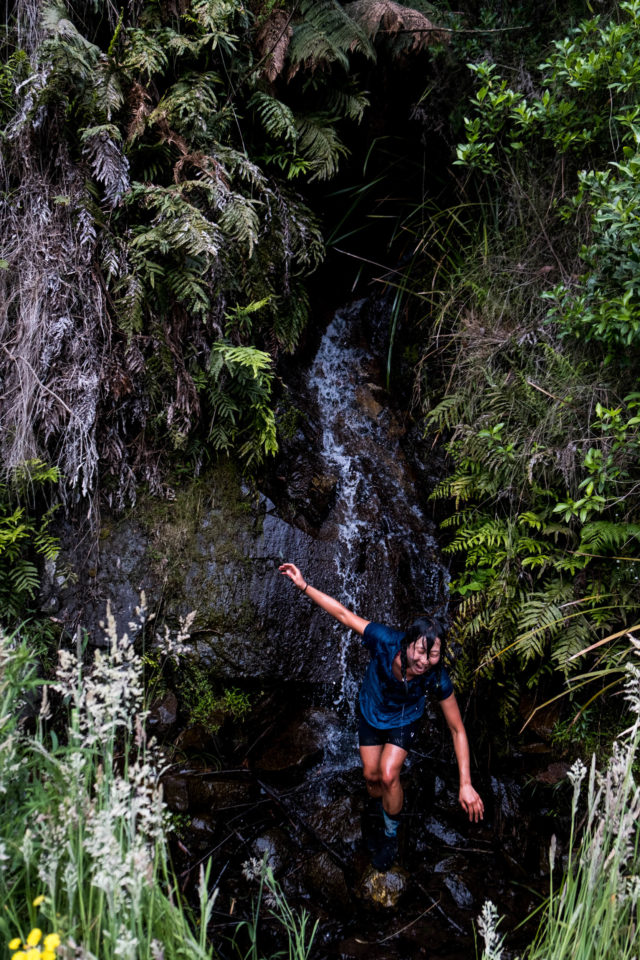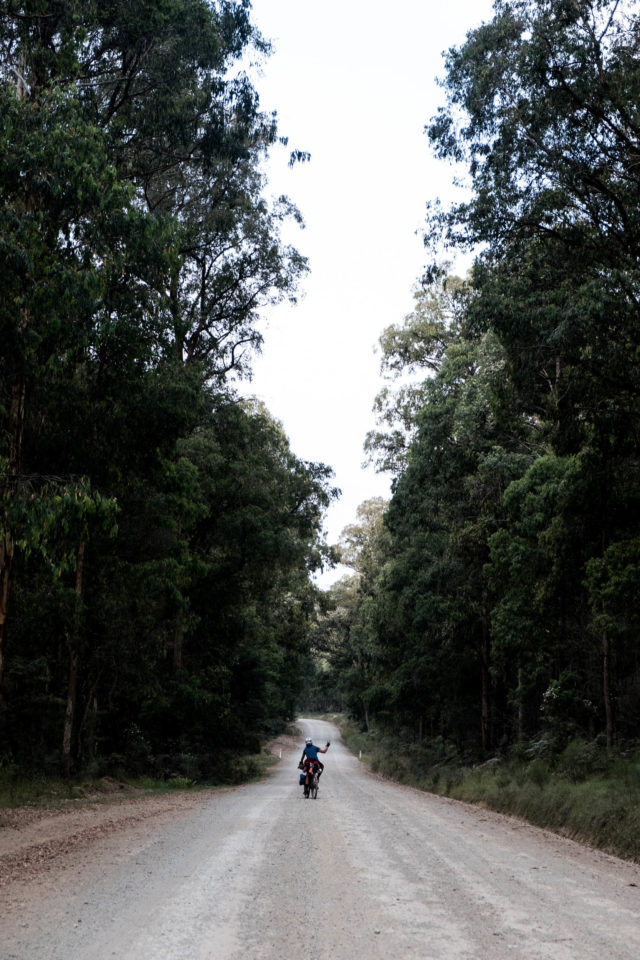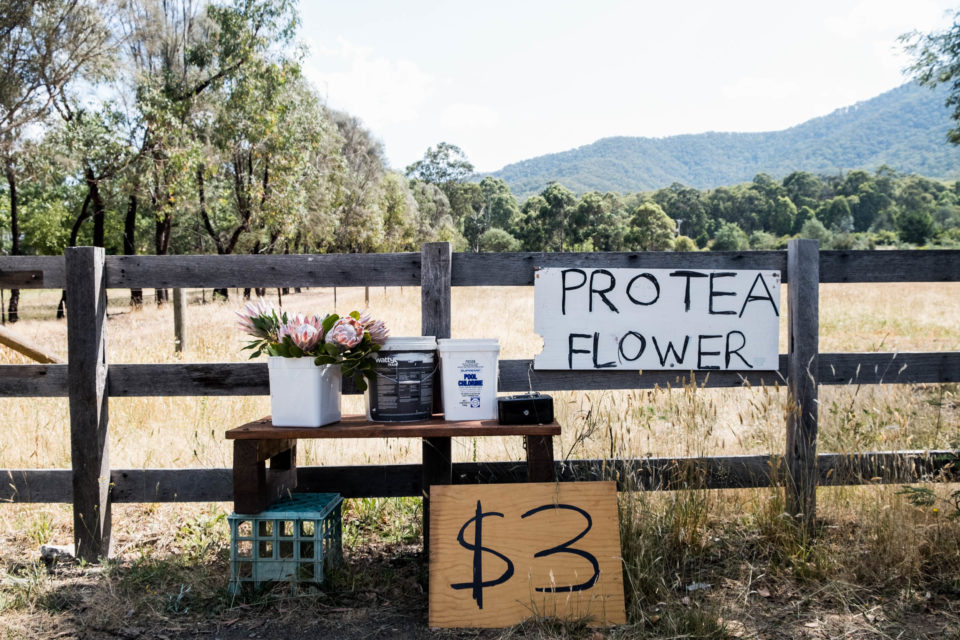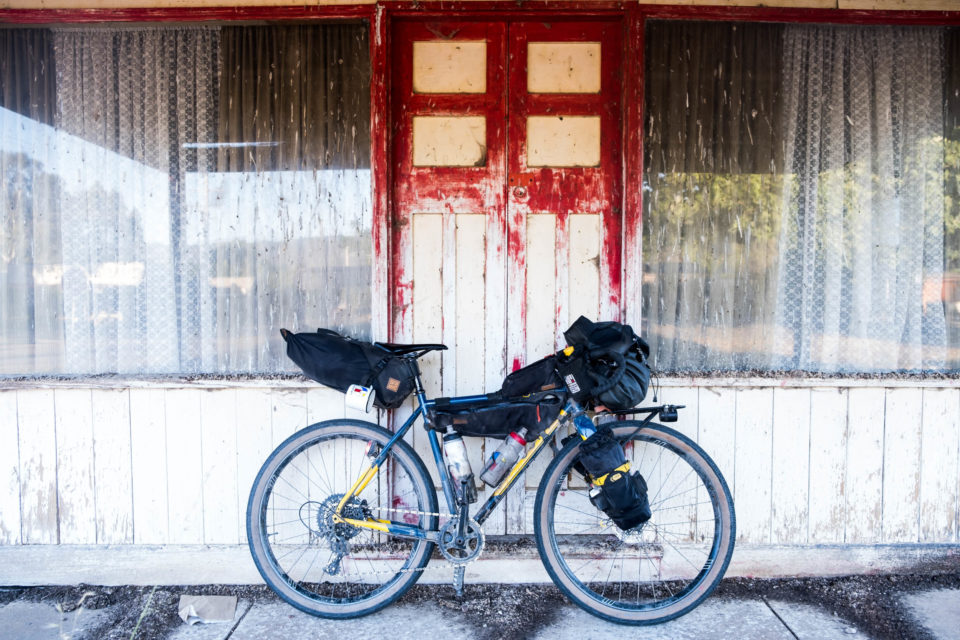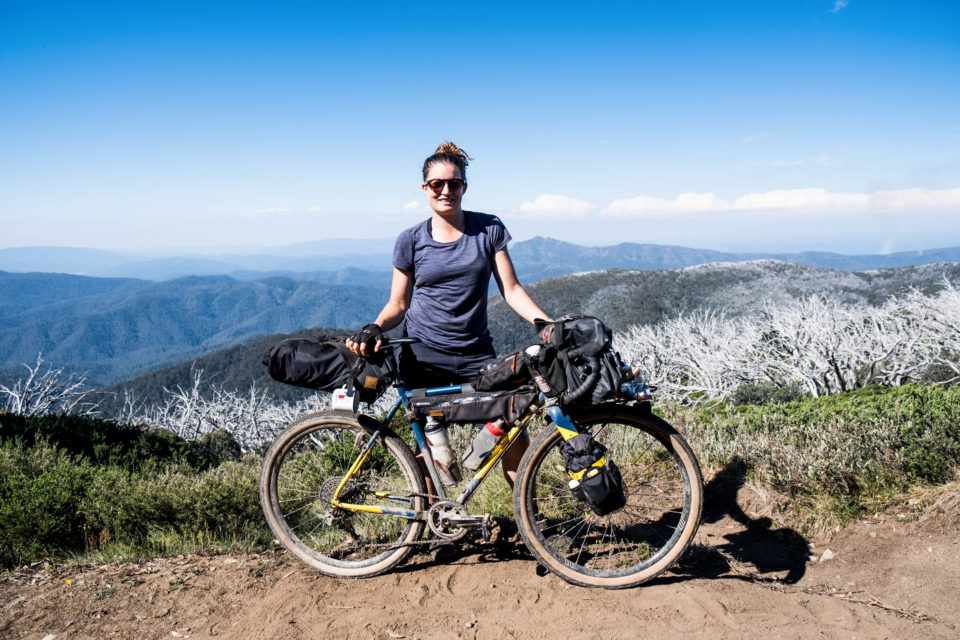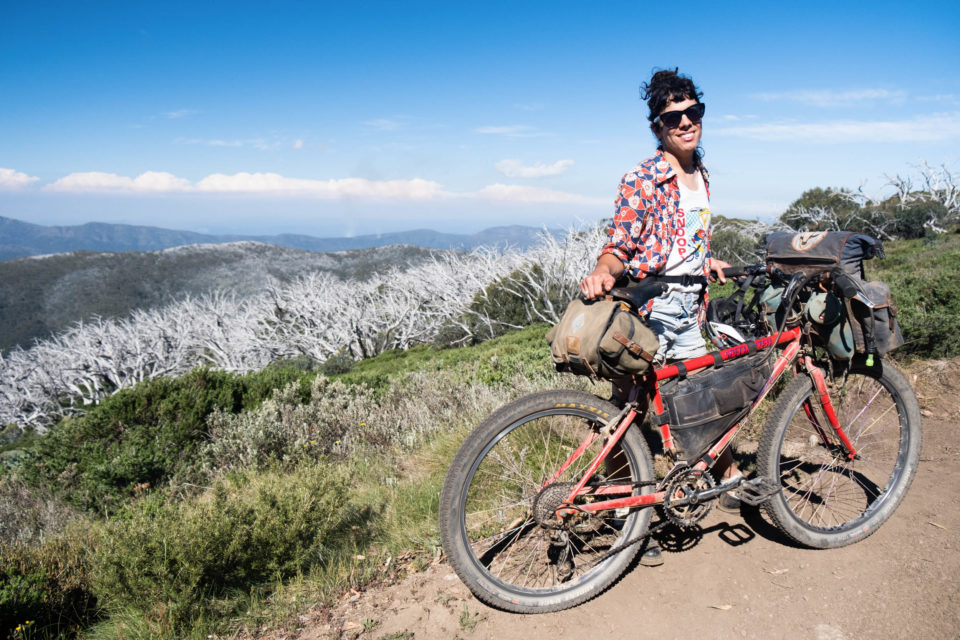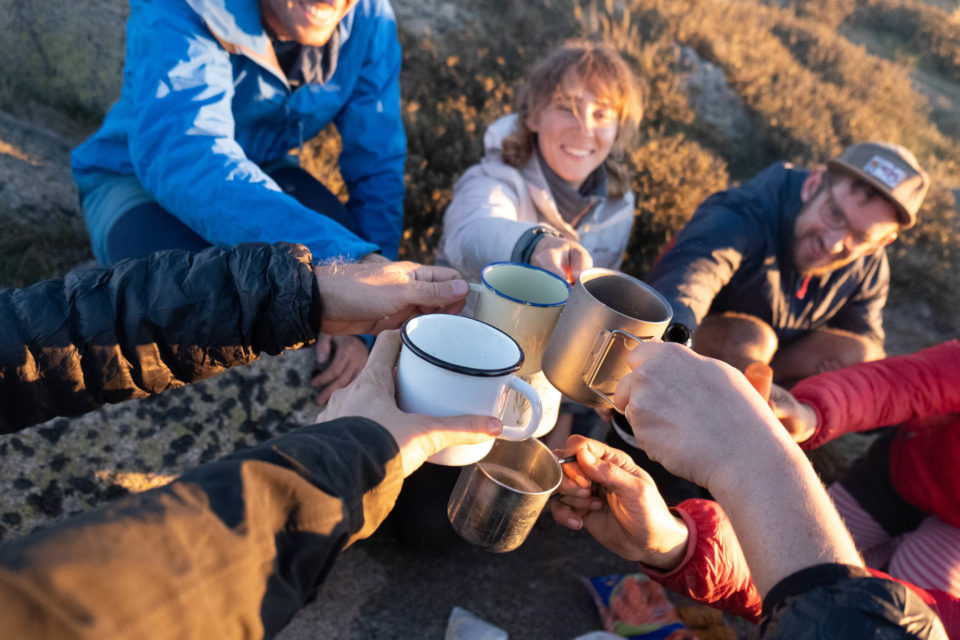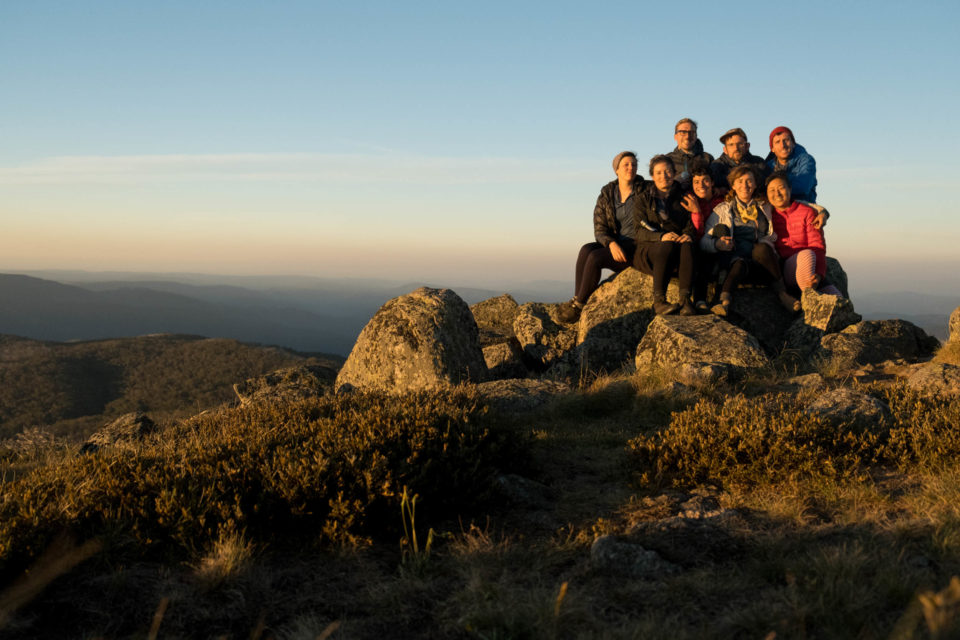Bikepacking Through a New Climate Reality
Ali Jones and a group of friends pedaled onto the Victoria Divide route just as bushfires began ripping across Australia. What was intended to be a leisurely ride turned into a sobering, head-on confrontation with the climate crisis. Find their story here, plus some resources to help those affected by the fires…
PUBLISHED Mar 20, 2020
Words and photos by Ali Jones (@alikjones)
Solastalgia. It’s a concept I didn’t know before this summer. Now I recognise it as a beautiful word for the dark distress brought on by witnessing environmental damage in your own backyard. There were clear signs that this would not be an ordinary summer in Australia. Since November, smoke and dust from more than 50 bushfires hung over Sydney, obscuring the iconic skyline from my office. My new habit of checking the air quality forecast was a regular reminder that our city now had the worst air quality in the world.
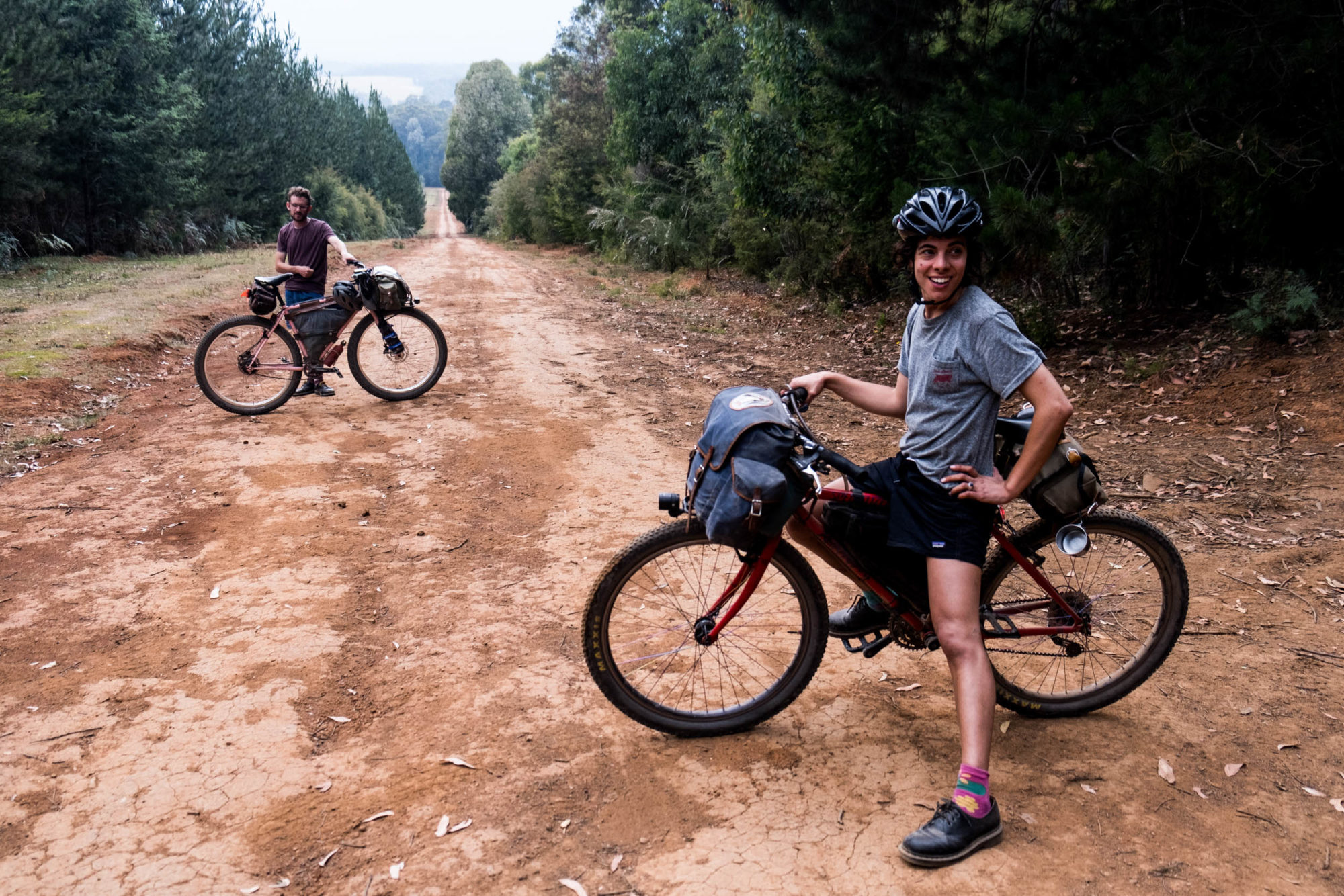
I’m used to wearing a helmet on my pedal to work, but a P2 mask was an uncomfortable new addition to my December commute—a somewhat futile attempt to keep toxic particles from my lungs. Still, as we hurtled towards Christmas, I yearned for the respite of the upcoming break. Summers in Australia conjure beaches, blue skies, and mangoes. And with them a collection of carefree summer rituals enjoyed by generations of families up and down our enviable, seemingly endless coasts.
For the past four years my respite has been riding. The simplicity of journeying from A to B with only a loose agenda and a few belongings is my favoured way to cleanse body and mind of the year gone by.
This year, I wouldn’t be riding alone. Rather, I’d fallen into a semi-organised gang of seven friends—Vic, Em, Jules, Lauren, Ollie, Gus, and me—forged through my local bike shop. We’d decided to take on the route otherwise raced as the Victoria Divide, a 550km off-road adventure from Melbourne to Albury via the Victorian Alps. The winner of this year’s event rode the course in 44 hours, but our aim was to tour it in seven days. Sounds appropriate for a holiday, right?
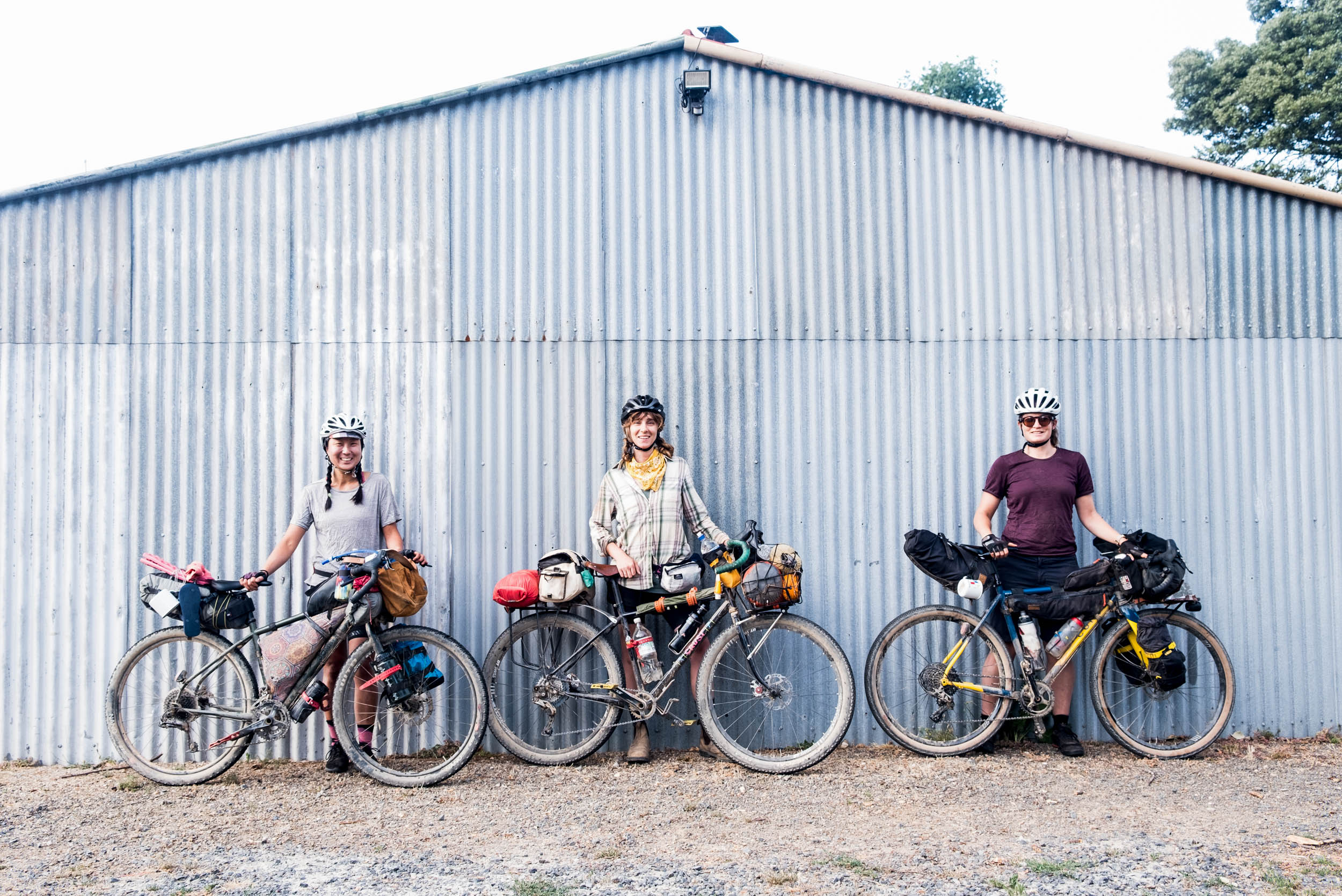
Riding the Heatwave
We emerged from Christmas obligations in a coffee shop in the east of Melbourne. Like all good group adventures, we set out later than planned but smiling as we wound our way on gravel north east along the Yarra River. Though the shade thinned and the temperature climbed into the mid thirties, spirits were high. Lunch was a pie and a river swim in the town of Warrandyte.
It wasn’t until late afternoon that the heat started to get under my skin. While the smoke was thinner than in Sydney, a faint haze hung over the parched paddocks. I could taste it in the back of my throat as I huffed up into yellowed hills beyond the city. In the shade of a eucalypt I washed down leftover Christmas cake with swigs of hydralyte. The wind gusted hot. Our target campsite felt a long way away.
Despite our early(ish) departure, we didn’t make camp until 10:00 PM. Riding in the night air at least brought reprieve as we ascended the final stretch silently under moonlight and in our own heads. I was too tired to be phased by the giant spiders wandering through my headlight beam, or even the wombat that blundered across the path. We set up tents in the dark at Toolangi, filled our bellies with carbs, and slept for six hours before starting again.
Day two began shoving in oats and coffee as the sun rose in an attempt to outride the heat. Overcast skies gave us a grace period as we started up a fern-lined climb. It still took six hours to ride 50 kilometres to the cute town of Marysville, my cooked legs reminding me that 2019 contained much more studying and much less riding than I would have liked. If solo and in control of the itinerary, I likely would have paused there for the day. Instead, the gang resupplied and set out laden to ride another 37 kilometres.
The first half was a tedious climb punctuated by a waterfall. Without hesitation, Jules dropped her bike and climbed in, fully clothed. Fortunately, the last half was a smooth tree-lined descent on a quiet track, the kind that causes me to yelp audibly with delight. Our destination was Big River Campground, which was full and scruffy. Unable to go further, we negotiated space on the edge of a site whose other occupants were four-wheel drivers who were (at that point) tipsy and amenable. Later, they would trade drunken words and engage in a full-blown fistfight among themselves just metres from my tent. I was too exhausted to care.
In the morning we emerged into dappled dawn light, hastily packing to get started on what was forecast to be the hottest day yet. The road was quiet, the drought appearing to have driven the animals into hiding, though I did come upon one lazy tiger snake as we rounded the corner of a sharp and loose descent.
It was afternoon again when the toll of the heat showed. We took a long lunch swim and languished in the shade, filtering water and mustering courage for the hill between us and Jamieson. Ollie’s Garmin clocked 36 degrees. We would soon be on quicker but hotter tarmac. It was 10 kilometres up and another 10 down into town.
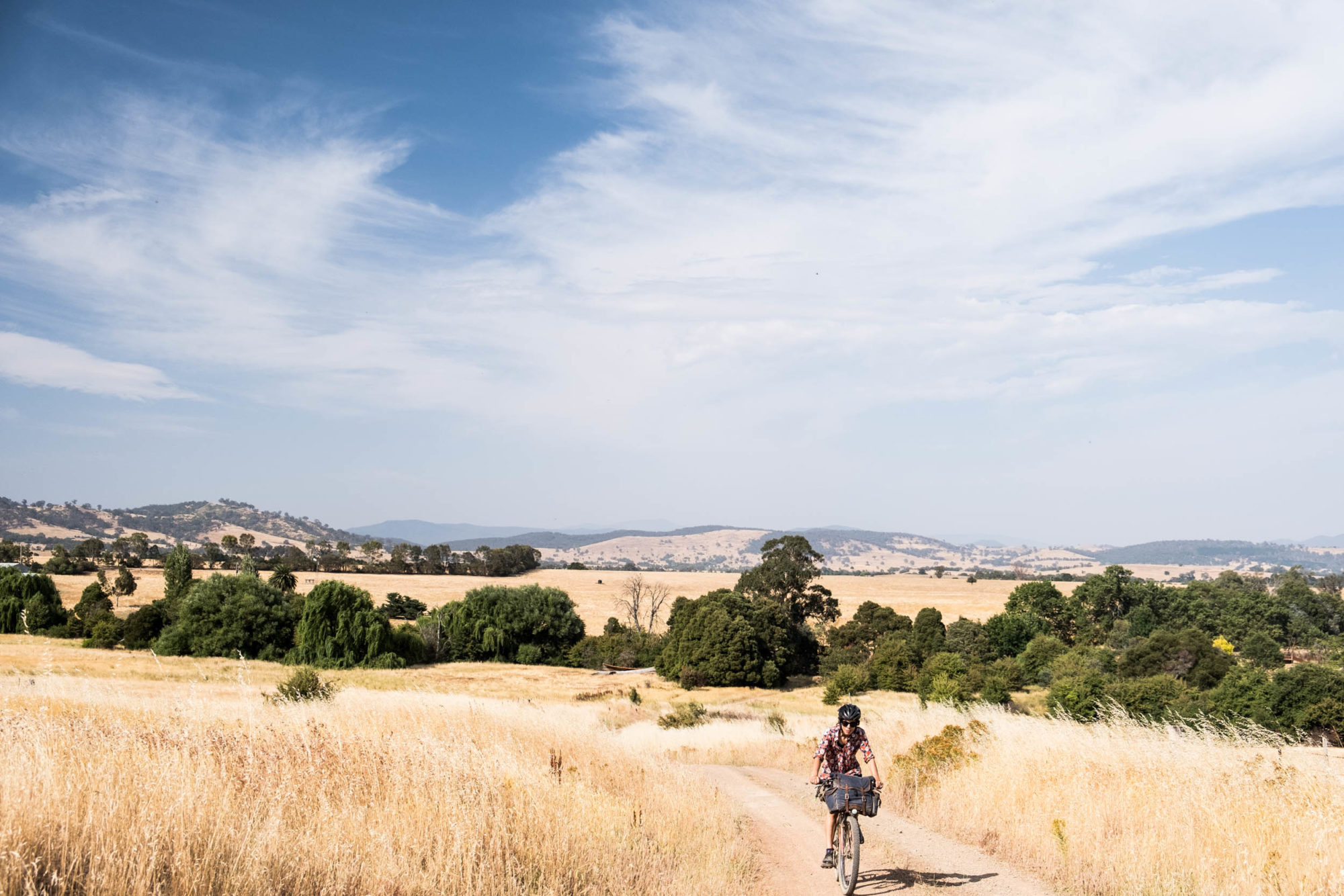
Cheating vs. Self-Preservation
I found myself alone at a T-junction, and despite double checking the map, promptly proceeded to ride exactly the wrong way. After a few kilometres riding in solitude, my heart sank with the realisation. I’d added unnecessary, extra legwork to the worst part of the day. With no reception, my friends had no idea I was now at the back of the pack, either. Composure broken, I scrambled to make ground. My chain crunched as I flicked it across the cassette, it too protesting against riding in this heat.
‘Let me out here’, I said, as we reached the crest. ‘Want a cold beer?’ he said as he hauled down my bike. ‘I can’t’, I said, ‘that would be unfair to my friends.’ As he pulled away, I stood on the shoulder guzzling water I’d been rationing for the climb. My phone came back into reception, its screen lighting up with messages. Where are you? Are you safe? Be careful. Call me! Clearly, I needed to check the news.
On the phone to my Mum I heard about unprecedented fires to our east in Gippsland. Whole regions were being evacuated; holidaymakers asked to go home. As I assured her we were far from that area, a police car drove past and pulled over to check I was okay. I explained we were riding from Melbourne to Albury. ‘You know you can take a plane, or a bus to those places?’ was the officer’s joking reply. Taking a deep breath, I put my phone away and refocused on enjoying the 10-kilometre descent with minimal braking, knowing they too might succumb to the heat.
One by one we reconvened in Jamieson. Turns out I wasn’t the only one who’d ended up taking a lift. While I remained happy with my choice to self-preserve, I was in awe of the five who’d stuck it out. We recovered with ice creams and potato cakes at the general store, where Jules bought a bulk bag of ice and cradled it for support.
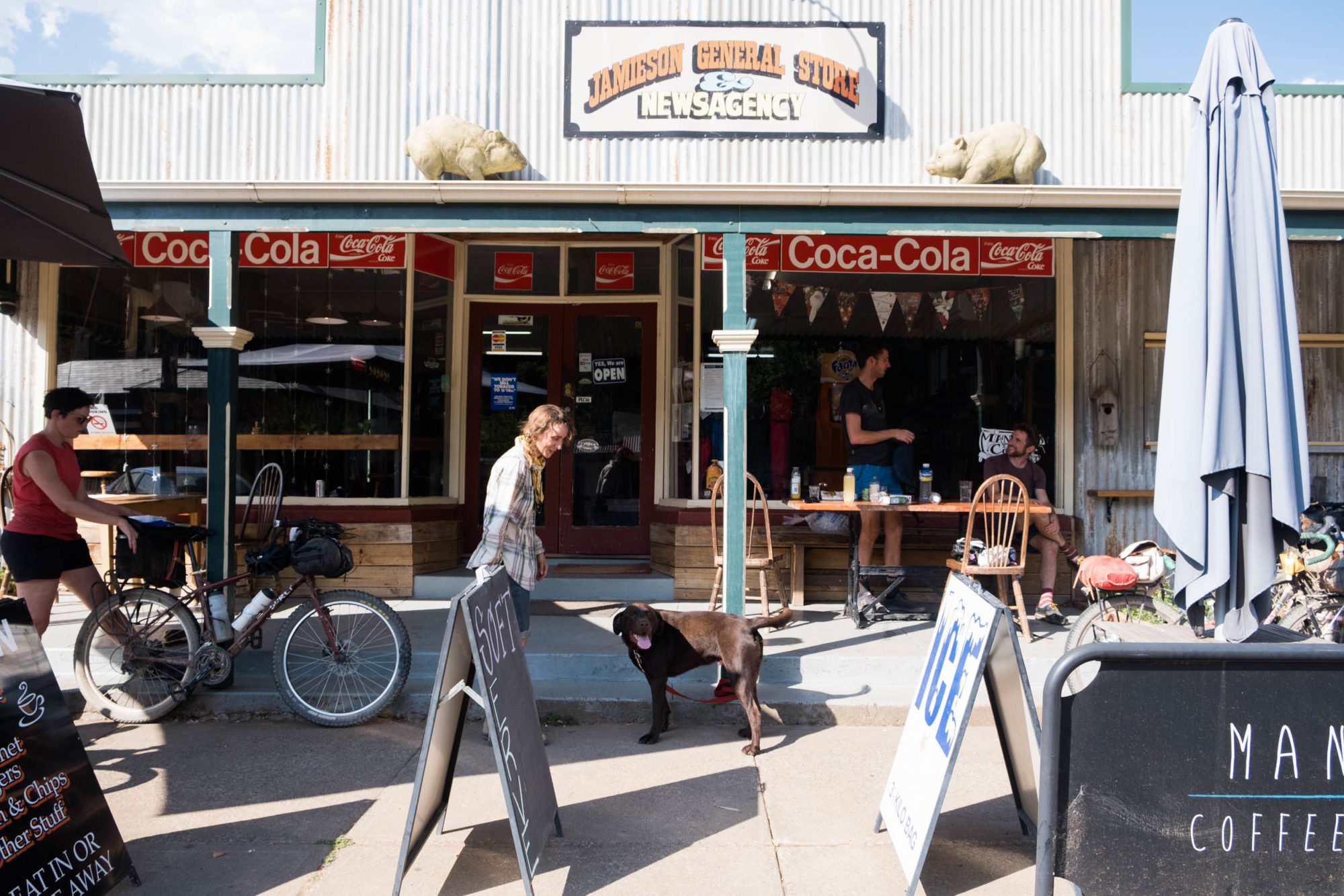
Letting Go
That night we elected to splash out on pub accommodation. With the air-con wing all sold out, our rooms in the friendly but dated hotel turned out to be even more suffocating than the air outside.
We feasted on giant schnitzels without much talking, our bodies and spirits broken by the heat. We needed to make a plan. The route was about to get more remote and the weather showed no signs of abating.
Thankfully, we were well prepared for the foreseeable challenges of a big off-road ride. We had two bike mechanics and one emergency doctor in our midst. We had bike parts and snake bandages and satellite phones. Some of the gang were keen to push on, knowing the next section was hard but particularly scenic. Others were scrolling their newsfeeds, watching the number and size of the fires grow.
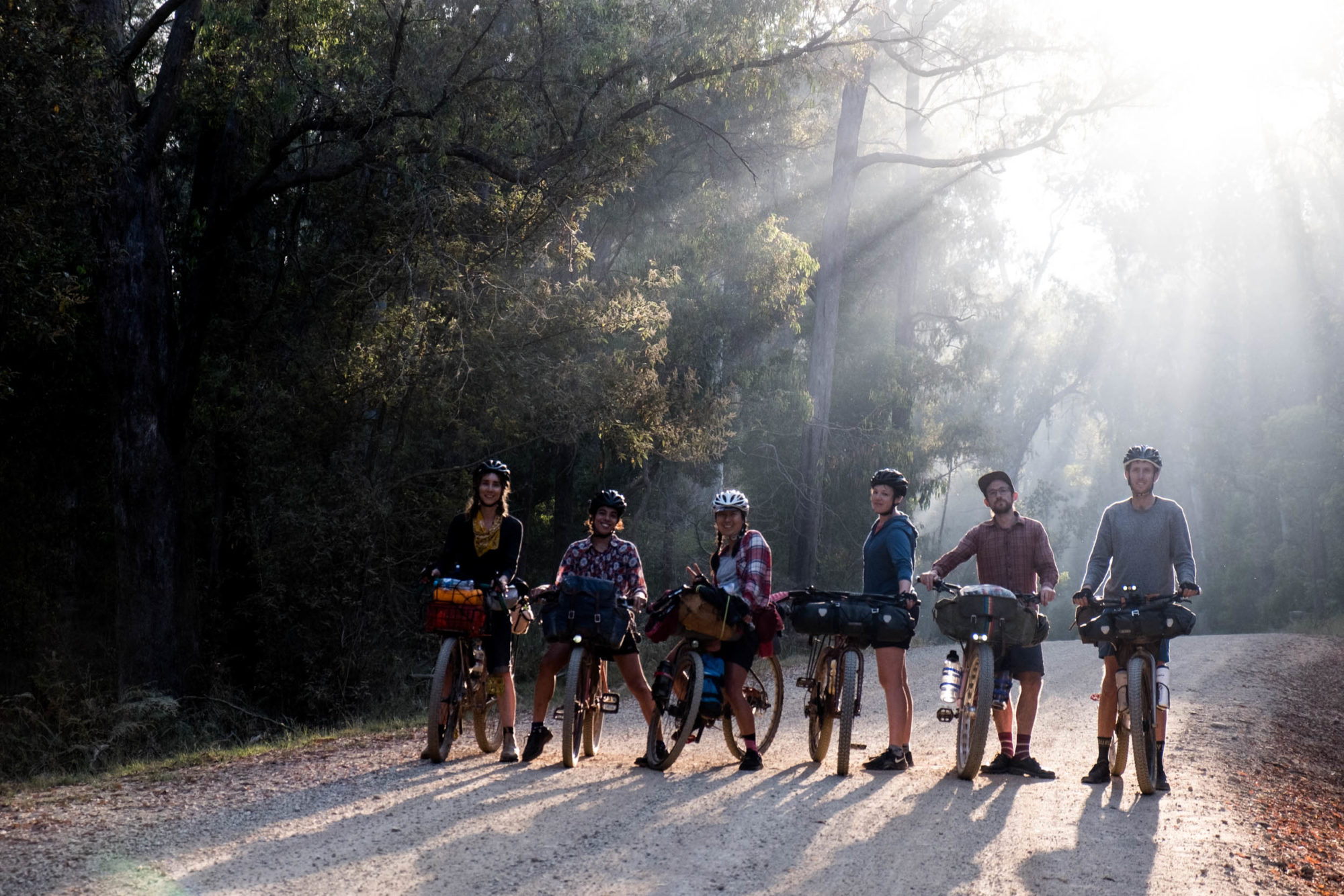
Even in a country that has always had fire, no one had ever seen anything like this. A text arrived from a friend I would usually describe as ultra-adventurous and super relaxed. ‘DO NOT RIDE ON TO RITCHIE’S HUT. THE PLACE IS A TINDERBOX. ITS NOT WORTH IT’, he said firmly. In the pub, the group bounced back and forth without resolution. We agreed to sleep and reconvene at 5:30 AM instead.
It was time to let go of the route. However, there was no easy way to get seven people and seven bikes back to the city, either. We downloaded the fire alert app and created a new route that headed in vaguely the same direction, trading singletrack for country roads, reasoning our chances of hitching in case of trouble were higher.
We passed through Howqua, not knowing then that its outskirts would catch fire just a few days later. We pushed on through dry farmland and beating sun to the one-store ‘town’ of Mirimbah. At the base of the Alps, it was an oasis of shade and green with free camping alongside a cool mountain stream. Some of us ordered multiple rounds of bacon and egg rolls while Jules ordered and cradled another bag of ice. Later, our friend Budge arrived in a van with beers and mangoes. For one afternoon we allowed ourselves to bask in that summer holiday vibe.
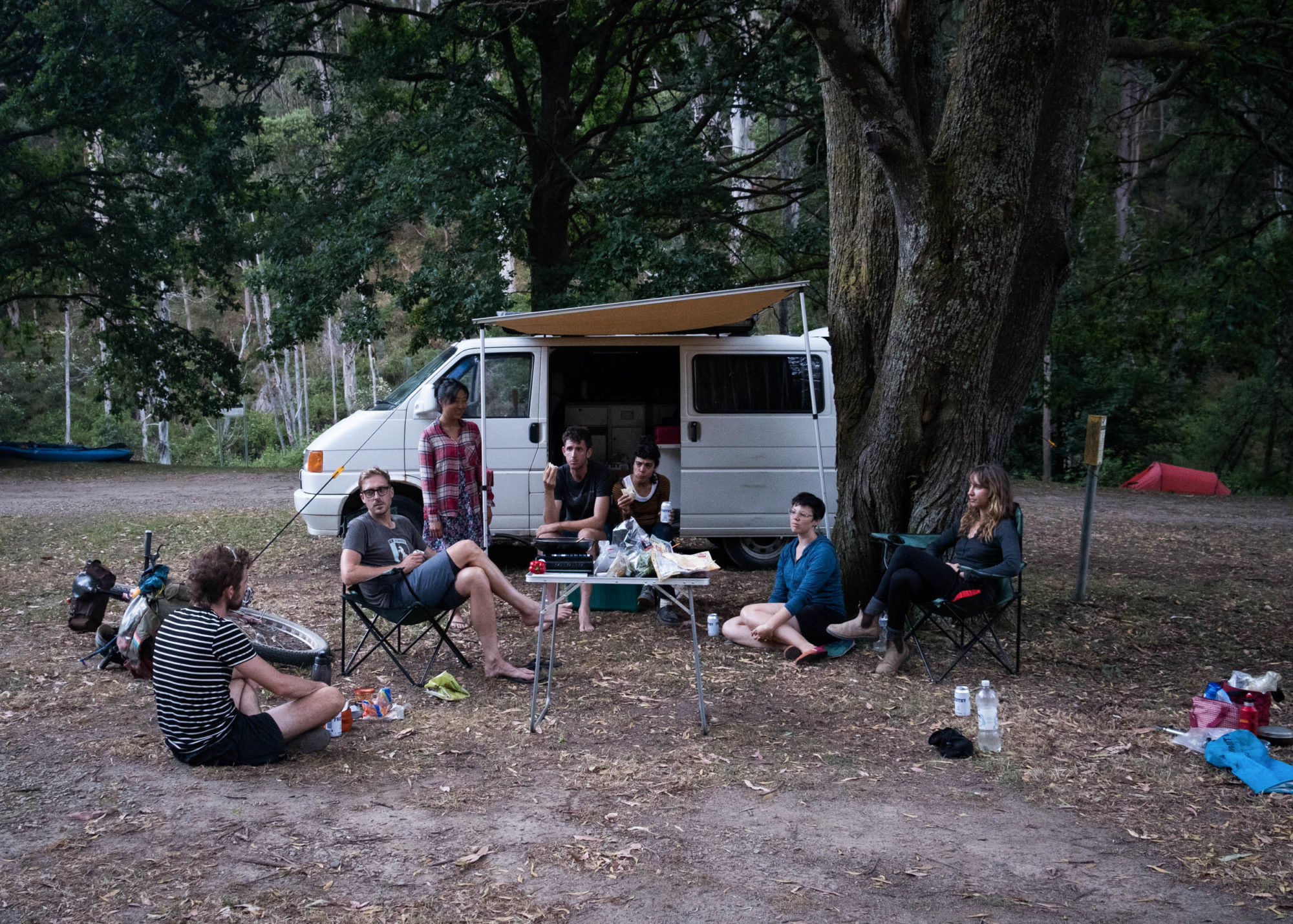
That night I awoke in the tent to a hot breeze. I immediately checked the app with relief. No fires near me. Still, I’ve never felt anything like it at 2:00 AM.
Waking up on New Year’s Eve, we hatched a plan to celebrate on Mount Sterling and started steadily up the climb. For the first time in days, clouds circled. Thunder, but no rain. I’d read reports that over in Gippsland pyro-cumulonimbus clouds had been forming over firegrounds, generating their own lightning. These were new kinds of storms.
As the thunder clapped here in the Alps, the fire map went from all-clear to a cluster of spot fires. Our emergency apps pinged every few minutes. ‘New fire in your watch zone. Watch and act’. Some came and went quickly, perhaps false alarms, or maybe put out by the water bomber we now heard circling nearby.
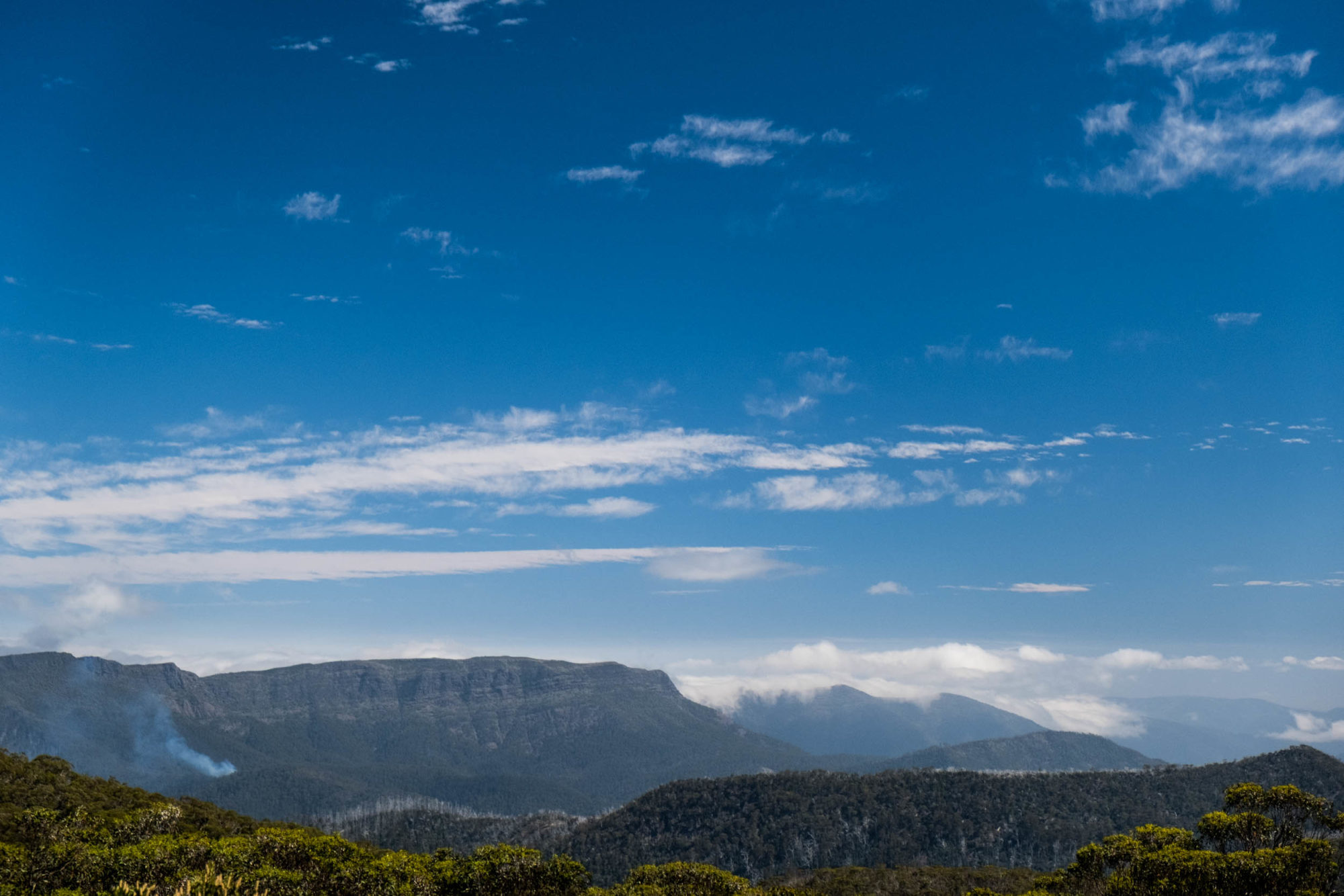
We stood in the forest, close to the huts where we’d dreamed of spending the New Year. The sky cleared and the alpine wilderness put on its best green grassy show. None of us wanted to leave after five days of pedaling to reach this point, but none of us knew if we were safe, either. With no designated leader, we stopped to negotiate an escape plan.
I was acutely aware I was no match for a bushfire on a laden bike, even if it was all downhill. As we ummed and ahhhed about whether to go further, a ranger appeared. We were fine to stay put here for tonight, he informed us. My anxiety subsided.
On the eve of 2020, we sat at the summit in a pastel sunset eating cheese and divvying up one well-travelled bottle of prosecco. From the roof of the Victorian Alps we could see distant smoke columns rising. It was not a night for celebrating. Back at the hut we feasted on curry and fell promptly into deep sleep under a starry sky.
We rose to the dawn of a new year. Fires to the north had become more serious overnight, and there was no way to continue even vaguely in the direction planned. It was time to evacuate. We said goodbye to the snow gums, not knowing whether the forest where we slept would survive the next days. We pedalled back to Mirimbah, then onwards to Mansfield and a rail trail that ultimately carried us 100km west to safety. It was exposed and monotonous, but we were clear of danger. Gradually, normal conversation resumed.
It wasn’t until the train home alone that I allowed myself to fall apart at the enormity of it all. The climate emergency was no longer something happening somewhere else to other people. I had tasted it in my throat and lungs; I had felt its heat on my skin. I am one of the lucky ones, able to return to a house in suburbia. Laden with the guilt of that privilege, I wept for the thousands of homes, the millions of hectares burnt, the 34 people and estimated one billion animals lost.
The challenge as we enter this new decade is to harness our solastalgia and its powerful feelings of anger, grief, and despair. We must ensure it does not paralyse us to the climate crisis, but drives us collectively towards solutions that radically regenerate ourselves and nature. Our future depends on it.
Ways to Help Australia
In the wake of Australia’s bushfire crisis, half a billion dollars was donated to support relief efforts to groups like the Rural Fire Service and Red Cross Australia. As these groups now struggle with the administrative burden of dissemination, attention has turned towards other practical ways to assist. The Instagram account @spendwiththem profile small businesses in affected areas to allow those in Australia and overseas to offer support through online purchases. Alternatively, donations to groups like the Environmental Defenders Office can support longer term efforts to protect Australia’s environment.
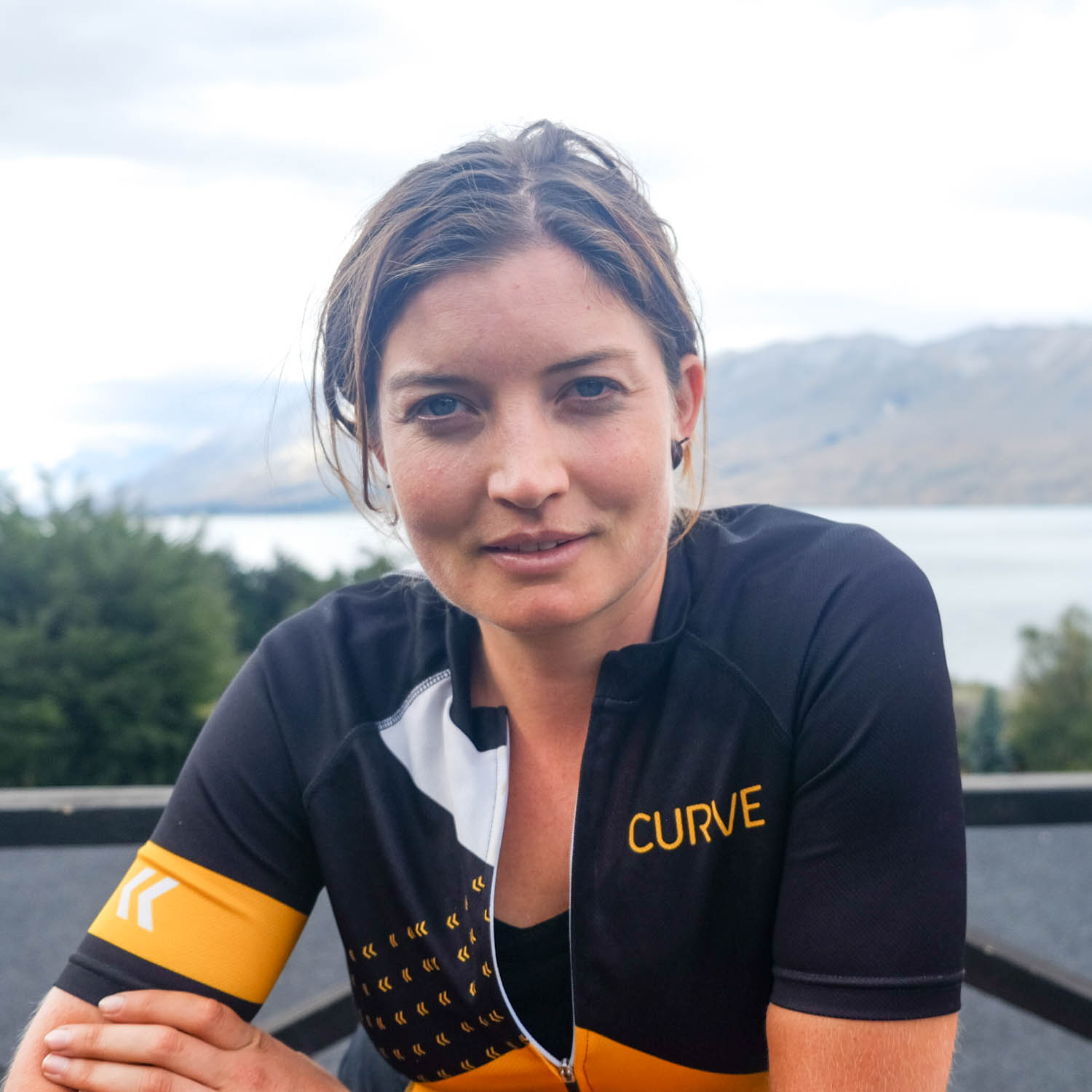
About Ali Jones
Ali Jones is a public health lawyer who honed her bikepacking skills while procrastinating from a PhD in food policy. She has a passion for getting more women on bikes in nature. You can join the gang forged by Sydney’s Omafiets bike shop or follow her adventures on Instagram @alikjones. She’s also a member of the Curve Cycling’s Squawk Squad.
Please keep the conversation civil, constructive, and inclusive, or your comment will be removed.







